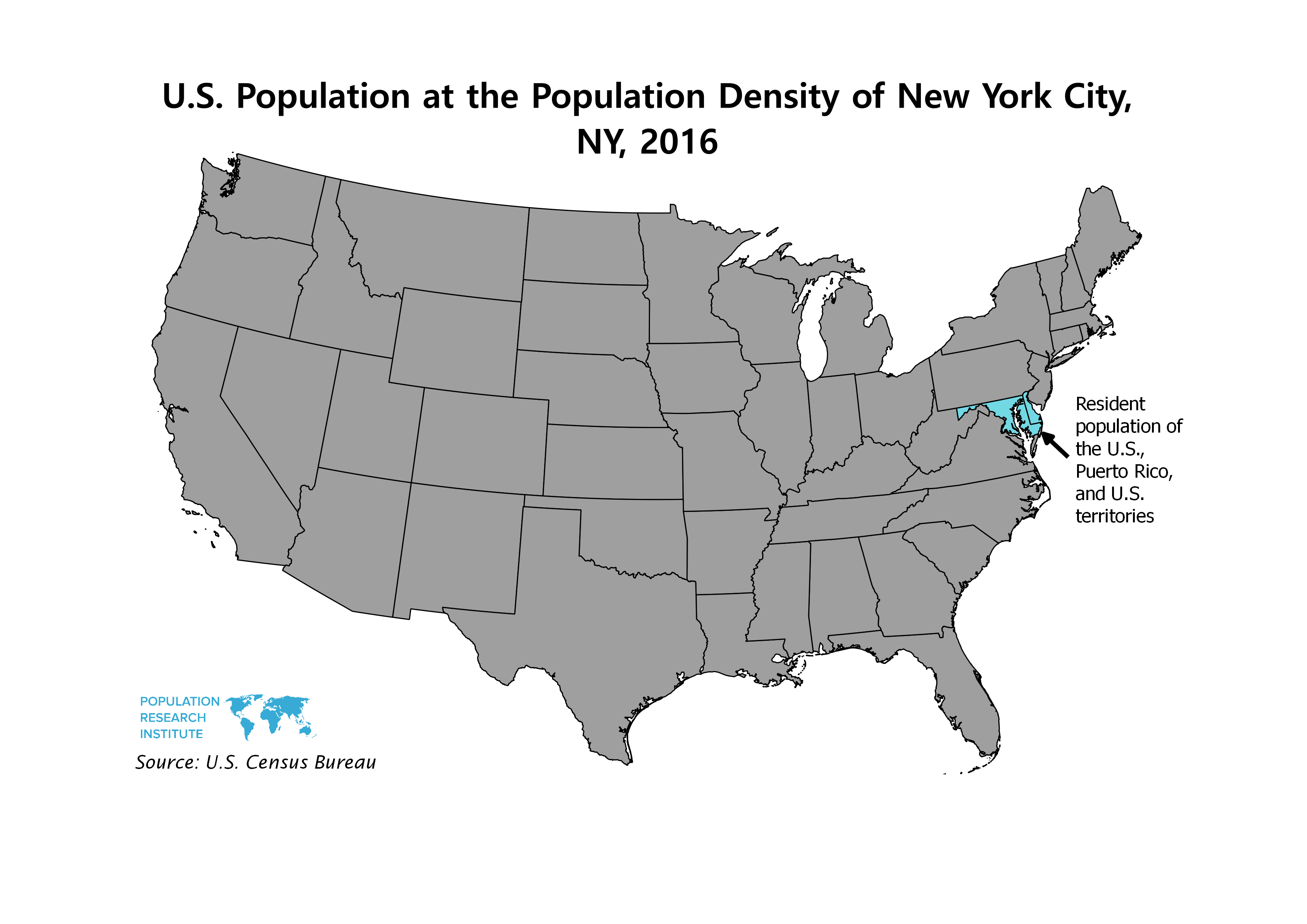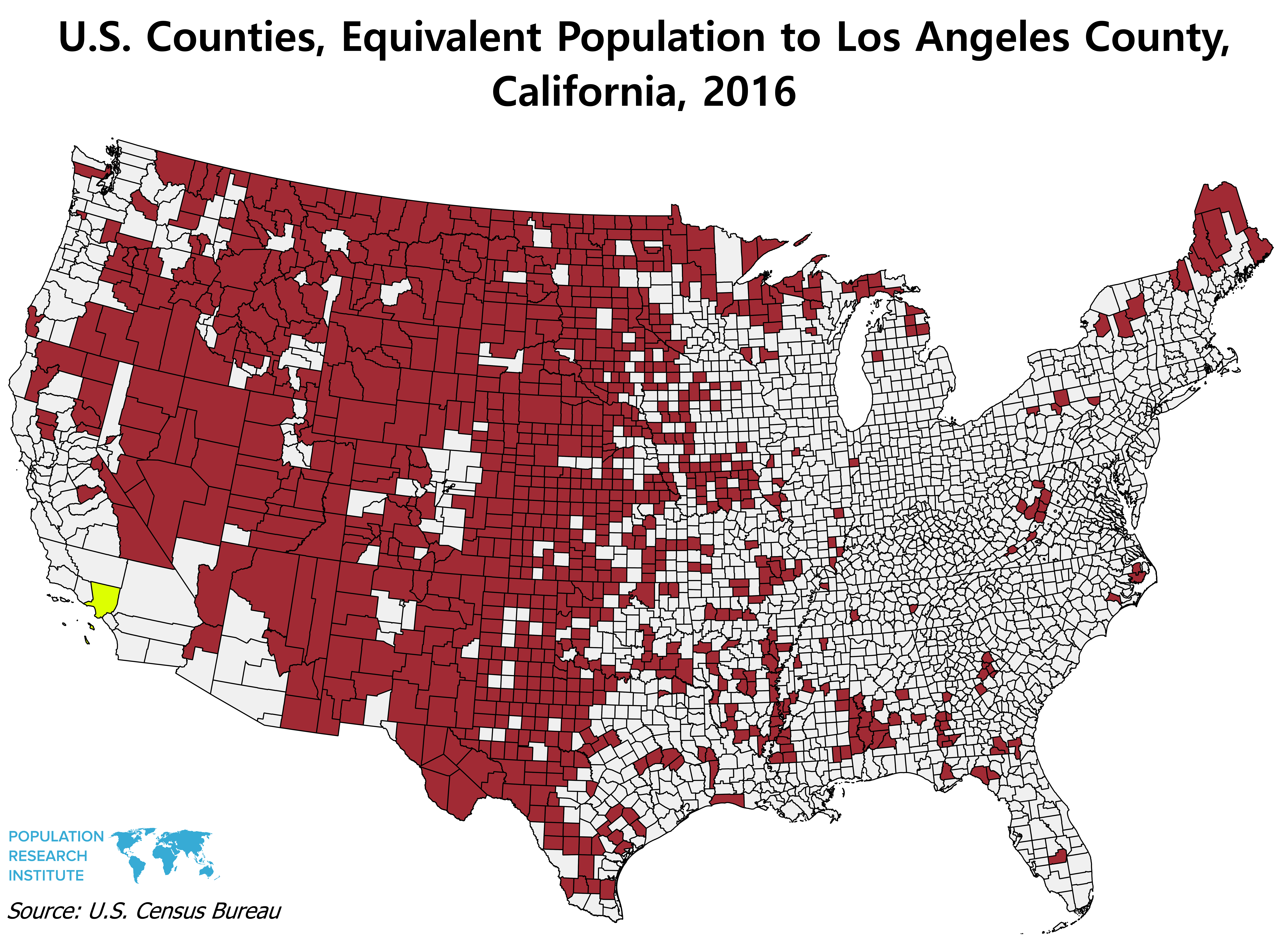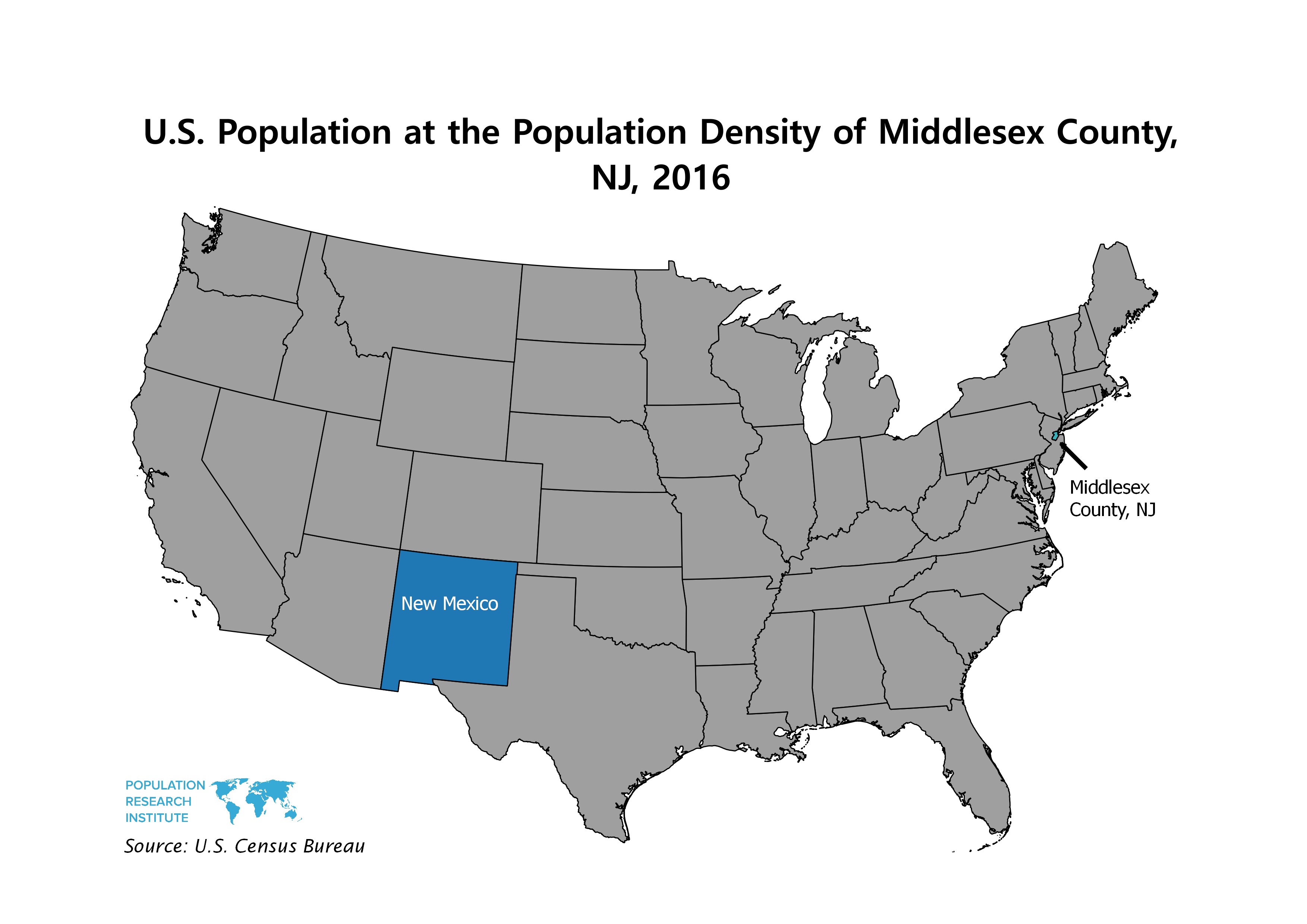Culture of Death: Planned Parenthood exec caught on tape: I think selling baby parts is ‘a great idea’
Time to get rid of these culture of death people from society. They need to be locked up
A new Center for Medical Progress (CMP) video shows a Planned
Parenthood senior executive haggling over pricing for aborted babies'
body parts, which she says she's "committed" to selling.
The video is of a conversation CMP investigators had with Dr. Mary
Gatter at a Planned Parenthood conference evening reception. Gatter, who
in another CMP video, joked, "I want a Lamborghini" when negotiating prices of baby parts, explains that she's "committed" to selling the bodies of aborted babies and "I think it’s a great idea.""I did it in LA," Gatter told the undercover CMP investigators.
Gatter was the Medical Director of Planned Parenthood Los Angeles before moving to the same position at the Pasadena affiliate and then being elected President of Planned Parenthood Federation of America’s Medical Directors’ Council. As Medical Director at PPLA, Gatter oversaw the affiliate’s partnership with Novogenix Laboratories, LLC, a local for-profit fetal organ and tissue harvesting company.
"What kind of volume do you need and what gestational ages?" asked Gatter. She said her abortion facility only does "20 cases [abortions] a week, so it's not a big volume," and that they only abort babies up to 16 weeks old.
"Most of the requests are actually like 16 weeks and above," CMP responded, but "I think it would be worth it to make the connection."
"We may have to make sure that your staff who are on site are credentialed, privleges, whatever, background checks and all that stuff," said Gatter. "You know, you have to pay a little money for the use of the space" inside the abortion facility.
"It's not a lot, we're not greedy about that stuff," said the woman famous for her "I want a Lamborghini" quip.
"The fact that Novogenix, StemExpress, and ABR stationed their own workers inside Planned Parenthood abortion clinics to perform the harvesting, packaging, and transport of aborted baby body parts demonstrates that Planned Parenthood had no reimbursable costs under the law," said David Daleiden, project lead for CMP.
"What we’ve been quoting is $50 per specimen," the buyer told Gatter. "I think some people are doing more, some slightly less."
"$50’s on the low end, $50 [per specimen] was like 12 years ago," Gatter replied.
The CMP investigator said what their company likes about paying per "specimen" is "that way we're not paying for material we can't use."
"Yeah, yeah, yeah," Gatter agreed.
"If we can get a liver, a lung, and you know, a brain –" the CMP investigator begins. Gatter cut him off, asking for assurance that "you would show up to do this."
"We would send a tech in," the CMP investigator confirmed. Gatter nodded. She said at the Los Angeles Planned Parenthood they committed abortions up to 24 weeks and "we had a lovely tech" from Novogenix named Heather.
"We had Heather coming to two of our sites that went a little further along and they got a lot of [fetal] tissue from us," said Gatter while clutching a glass of wine. "Give me a call," she told the CMP investigators.
Gatter was interviewed by the U.S. House Energy & Commerce Committee in September 2015.
"Planned Parenthood has never publicly admitted how much money total they received from the Novogenix contract," the video explains.
In December 2016, the U.S. Senate Judiciary Committee referred Planned Parenthood and Novogenix to the FBI for criminal prosecution.
"The volume-based sums that Planned Parenthood charged these businesses for baby parts are criminal trafficking and profiteering in fetal body parts," said Daleiden. "The U.S. Department of Justice should take heed of the Congressional investigations’ criminal referrals and prosecute Planned Parenthood to the full extent of the law, and taxpayers must stop being forced to subsidize Planned Parenthood’s criminal abortion empire."
Overpopulation? Is America Running Out of Space to Live? No. Here’s Why
For many Americans, it’s not uncommon to see another new mega-shopping center or residential subdivision being built somewhere nearby. With new houses and businesses springing-up all the time in urban and suburban America, should we view this as progress, or are we approaching the point where we are starting to run out of space? If you’ve every wondered if we’re running out of elbow room, here’s an interesting thought experiment.
New York City, which is far and away the most populous city in the U.S., was home to an estimated 8.5 million people in 2016.[1] More people live in this one city than in the entire states of Idaho, Montana, North Dakota, South Dakota, Wyoming, New Mexico, Vermont, and the District of Columbia combined.New York City consists of five boroughs spanning five counties, the most densely populated of which is New York County. This county, which consists principally of the island of Manhattan, is far and away the most densely populated county in the U.S., housing 72,000 people per square mile.[1-2] At that population density, the entire population of the United States, Puerto Rico, and other U.S. territories could reside in the tiny State of Connecticut.
According to the U.S. Census Bureau, the population of New York County in 2016 was 1,643,734.[1] But of course, that’s just the number of people who live in the county. The number of people who commute into Manhattan every day increases the actual population of the island by several millions more. The New York State Government estimates that the population of New York County swells to about 3.9 million people on an average business day.
The second most densely populated county in the U.S., Kings County (better known as Brooklyn), lies just across the East River from Manhattan. At 37,000 people per square mile, Brooklyn has slightly less than half the population density of Manhattan.[1-2] The top four most densely populated counties in America are all in New York City.[1] The most densely populated county in the U.S. outside of New York City is San Francisco County, which has only a quarter of the population density of New York County.[1]
If all Americans lived at the same population density as the average population density of all five of New York City’s boroughs (approximately 28,000 people per square mile), we’d all fit comfortably in the combined area of Delaware and Maryland.[1-3]

While New York City is rather densely populated, it certainly is not an uncomfortable place to live in terms of space. Besides, many cities in other countries are far more densely populated. The country of Monaco, for instance, has a population density of over 48,000 people per square mile. [4-5]
But perhaps New York City life is not quite your cup of tea (personally, I quite enjoy it myself). Let’s continue our thought experiment, and see how the U.S. population could hypothetically be distributed if it were at, say, the density of Los Angeles County, California.
While Los Angeles County encompasses the second most populous city in the country and a number of its neighboring cities, it also includes expansive uninhabited areas including vast stretches of the Angeles and Los Padres national forests and the Santa Monica Mountains. Overall, the population density of Los Angeles County is about 11 times less dense than New York City and ranks 49th overall among U.S. counties nationwide.[1]

Over 10.1 million people call Los Angeles County home. But if you know Los Angeles County, or are familiar with any of the counties listed above, you also know that life at this population density is quite comfortable, with plenty of parks, open spaces, and many acre sized residential properties.
Yet from sea to shining sea, there is even more space still. The map below gives an example of just how much. If we rank all U.S. counties by population density and taking the least populated counties in the contiguous U.S., this is what we find. The resident population of the counties in red equals the resident population of Los Angeles County (shown in yellow) in 2016.[1] The total land area of these counties is 363 times the land area of Los Angeles County. If we include Alaska, the total land area of U.S. counties that equal the population of Los Angeles County is almost five hundred times times the area of the county.

Finally, at the same population density of Middlesex County, NJ, which is only a little more densely populated than Los Angeles County, the entire U.S. population could fit inside the state of New Mexico.

Does this mean that the entire population of the United States could actually fit into an area the size of New Mexico at this population density? Probably not. We would still need to figure in access to adequate water resources and would need much more land area to account for agricultural purposes, public services, transportation, military, Native American lands, and, of course, sustainability and conservation.
Nevertheless, the point of our thought experiment is this: If America has enough elbow room to fit our entire population comfortably into an area the size of New Mexico, we probably have enough room for the other things as well. And I’m pretty sure we’re not going to be running out of room any time soon.
LifeNews Note: Jonathan Abbamonte writes for the Population Research Institute.
[1] U.S. Census Bureau, Population Division. Annual estimates of the resident population: April 1, 2010 to July 1, 2016. PEPANNRES. 2016 Population Estimates. Counties.
[2] U.S. Census Bureau, Census 2010. Land area in square miles 2010 (LND110210D).
[3] U.S. Census Bureau, unpublished data from the MAF/TIGER database.
[4] France Diplomatie. Présentation de Monaco [Internet]. Available at http://www.diplomatie.gouv.fr/fr/dossiers-pays/monaco/presentation-de-monaco/.
[5] United Nations Department of Economic and Social Affairs, Population Division. World Population Prospects: The 2015 Revision; 2015.

